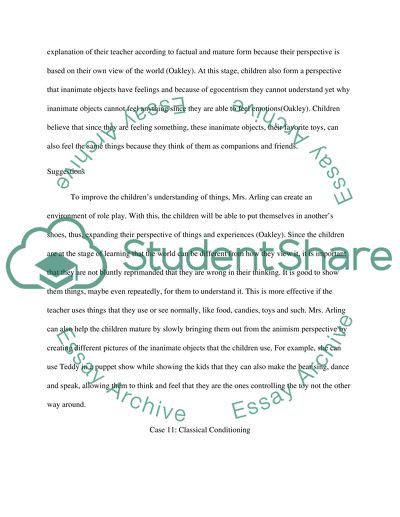Cite this document
(“Piagets Cognitive Development Essay Example | Topics and Well Written Essays - 1250 words”, n.d.)
Retrieved de https://studentshare.org/psychology/1417495-piagets-cognitive-development
Retrieved de https://studentshare.org/psychology/1417495-piagets-cognitive-development
(Piagets Cognitive Development Essay Example | Topics and Well Written Essays - 1250 Words)
https://studentshare.org/psychology/1417495-piagets-cognitive-development.
https://studentshare.org/psychology/1417495-piagets-cognitive-development.
“Piagets Cognitive Development Essay Example | Topics and Well Written Essays - 1250 Words”, n.d. https://studentshare.org/psychology/1417495-piagets-cognitive-development.


